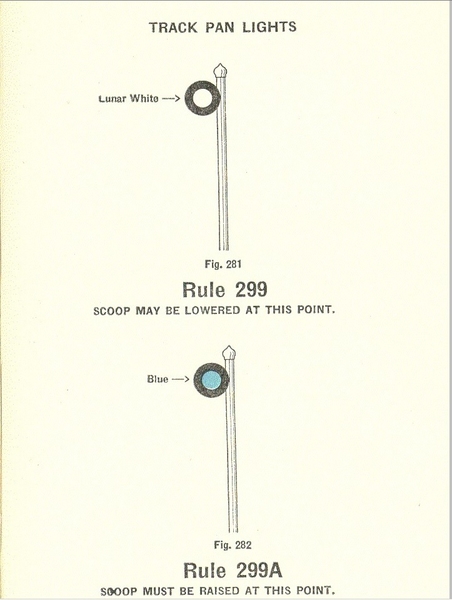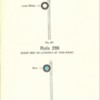I am looking for information on New York Central signals, specifically for track water pans in the steam era. This signal was to notify firemen to raise and lower the water scoop on the tender. A few photographs I have found doesn't provide enough details such as accurate dimensions and hardware used in the construction of the signal like the lamp house.
I have already tried contacting the New York Central System Historical Society and they can't help because they don't have drawings from their civil engineering or properties departments.
I have pretty much exhausted my search on the internet with little to no help there.
Strange my club CNY Chapter NRHS Inc. has all sorts of original drawings of technical information about track , turnout engineering departments, bridges and such for the New York Central, but very little on signals.
I thank you very much for any and all help you may be able to provide!






![Corunna track pans lk W 1907[1] Corunna track pans lk W 1907[1]](https://ogrforum.ogaugerr.com/fileSendAction/fcType/0/fcOid/79846750350760904/filePointer/79846750366478768/fodoid/79846750366478764/imageType/MEDIUM/inlineImage/true/Corunna%2520track%2520pans%2520lk%2520W%25201907%255B1%255D.jpg)
![Corunna track pans lk W 1907[1] Corunna track pans lk W 1907[1]](https://ogrforum.ogaugerr.com/fileSendAction/fcType/0/fcOid/79846750350760904/filePointer/79846750366478768/fodoid/79846750366478764/imageType/SQUARE_THUMBNAIL/inlineImage/true/Corunna%20track%20pans%20lk%20W%201907%5B1%5D.jpg)









